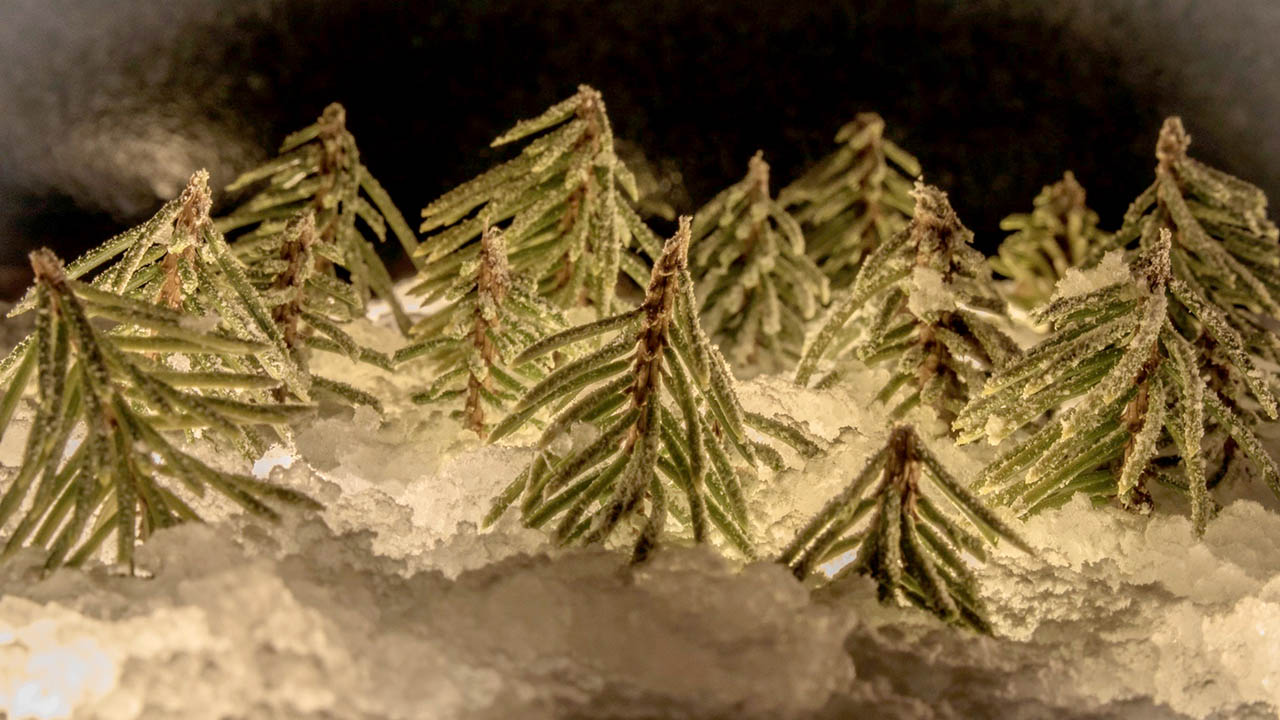Why we still dream of a white Christmas
 CREDIT: WILL SIMON
CREDIT: WILL SIMONMany people associate Christmas and the holiday season with snow, even those who hardly get any snow where they live.
It’s a good thing that we’re only a few days into December and the Christmas music has only been playing for a couple weeks now! If you couldn’t tell, that was sarcasm. But whether you’re listening to the radio or putting on a pre-made holiday playlist, chances are you’ll eventually hear Bing Crosby sing about his dream of a “White Christmas.” But why is it that everyone is so infatuated with seeing that bright, white blanket cover their frostbitten lawns on Christmas morning?
Well, just look back on some of your favourite holiday movies. From Home Alone to Frosty the Snowman, it’s almost impossible to find a Christmas movie without the sparkle of a little snow. Even in some movies where it seems impossible for snow to fall at all, somehow that “Christmas miracle” always happens.
Many people associate Christmas and the holiday season with snow, even those who hardly get any snow where they live. One of the reasons for this, I believe, is because of these holiday specials we were anxious to watch again and again every year, accompanied with a nice, warm cup of hot chocolate, of course (at least, that was the case for myself).
Part of the anticipation of waking up on Christmas morning, especially as a child, is looking out the window and seeing snow paint the streets. But as we once again reference Bing Crosby, the dream of a white Christmas doesn’t seem to stop after childhood.
While everyone tends to enjoy the classic holiday movies, the influence of music and songwriting tends to spread a little cheer every now and again. So whether you’re “Dashing through the snow in a one horse open sleigh,” “Walking in a Winter Wonderland,” or even pleading with Mother Nature to literally “Let it Snow,” the white Christmas ideal seems to be present in many aspects of holiday life, no matter how old we get.
But looking back on previous years, even though we live in Canada, it’s becoming harder and harder to remember how many white Christmases we’ve seen consecutively. So this begs a new question; what are the odds we’ll see another one?
Climate change is becoming more and more of a familiar term, seemingly every year. And while some cities and provinces will still see large amounts of snow fall, especially over the colder weeks to come, those chances may not be as strong for other locations.
Locally, London holds a 50 per cent chance of seeing a definite white Christmas this year. While that is still a fair chance, that’s nothing compared to 30 years ago when our chances stood higher at 80 per cent.
So, if every couple of years, the chance of seeing that snow on Christmas morning depletes, why does our Christmas spirit remain almost unchanged? Why is it that we still get just as excited for a white Christmas every year?
To put it simply; it’s traditions. That’s what Christmas is all about. Most of the movies and songs mentioned earlier were written and produced in a time when white Christmases was as common as spruce trees in December.
So if this year, you find yourself dreaming in vain of a white Christmas, just try to think of “the ones you used to know.” And while I hope all of your days will be merry and bright, let’s just hope that “all of our Christmases will be white.”
Editorial opinions or comments expressed in this online edition of Interrobang newspaper reflect the views of the writer and are not those of the Interrobang or the Fanshawe Student Union. The Interrobang is published weekly by the Fanshawe Student Union at 1001 Fanshawe College Blvd., P.O. Box 7005, London, Ontario, N5Y 5R6 and distributed through the Fanshawe College community. Letters to the editor are welcome. All letters are subject to editing and should be emailed. All letters must be accompanied by contact information. Letters can also be submitted online by clicking here.
















